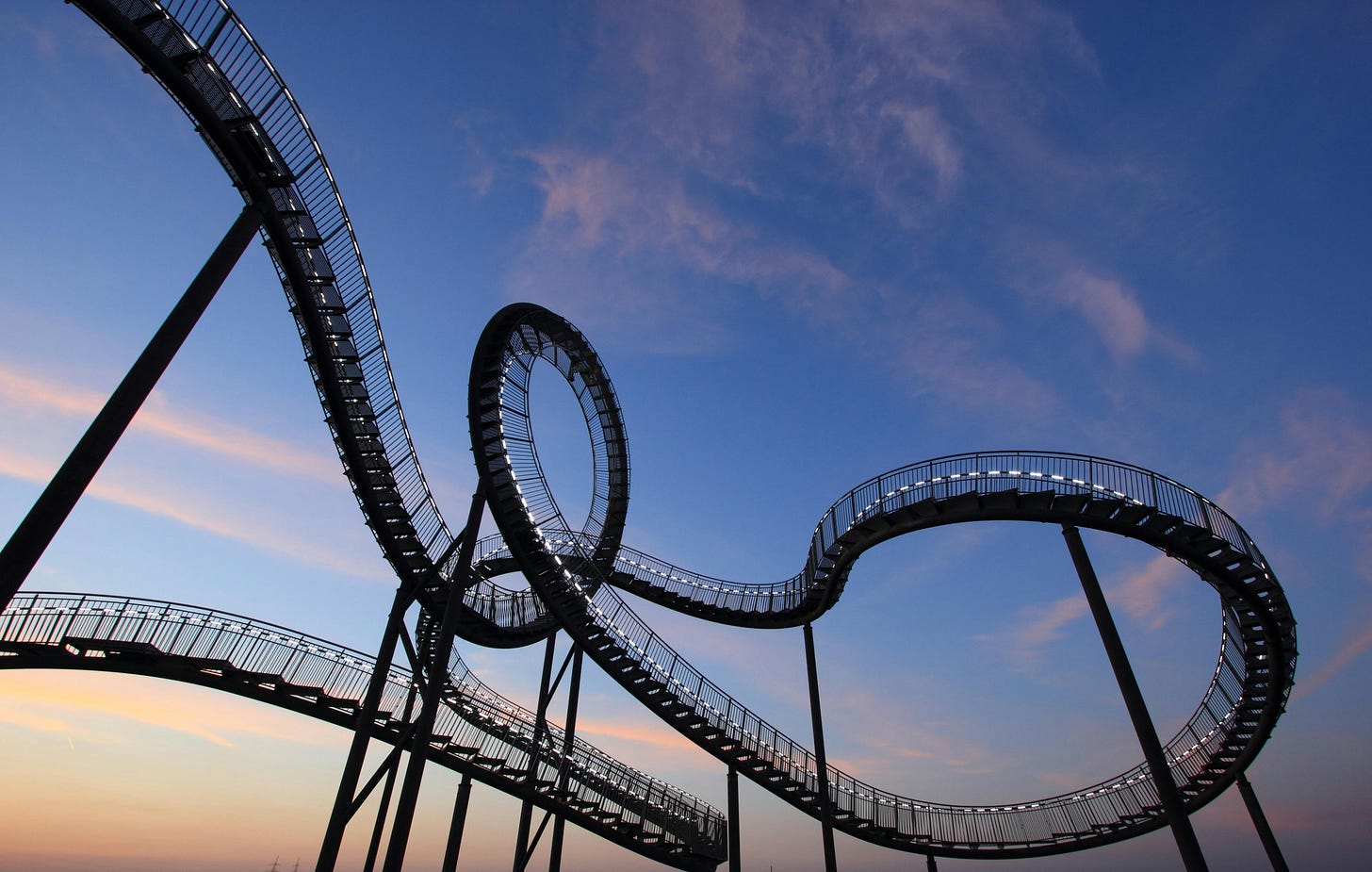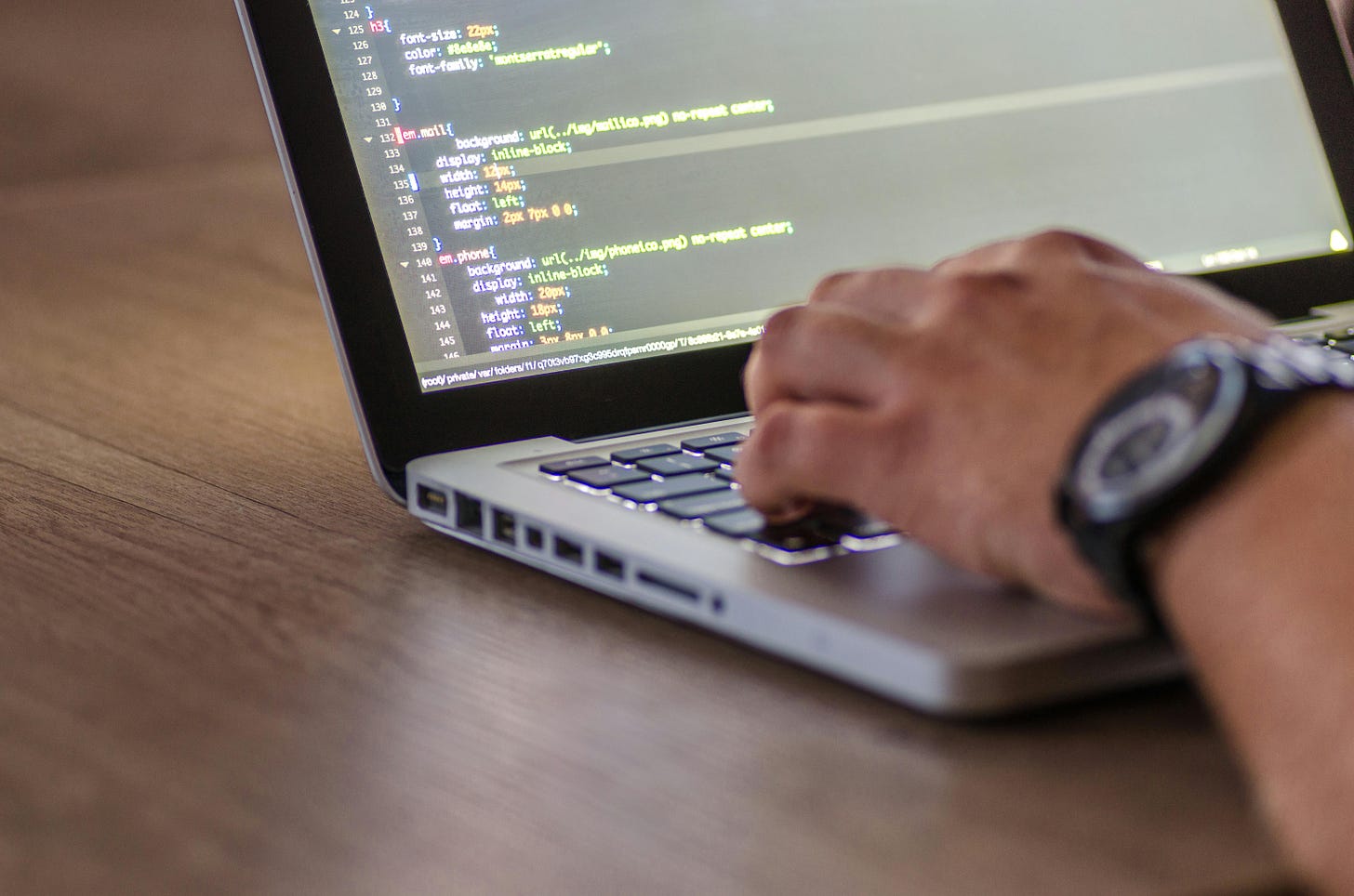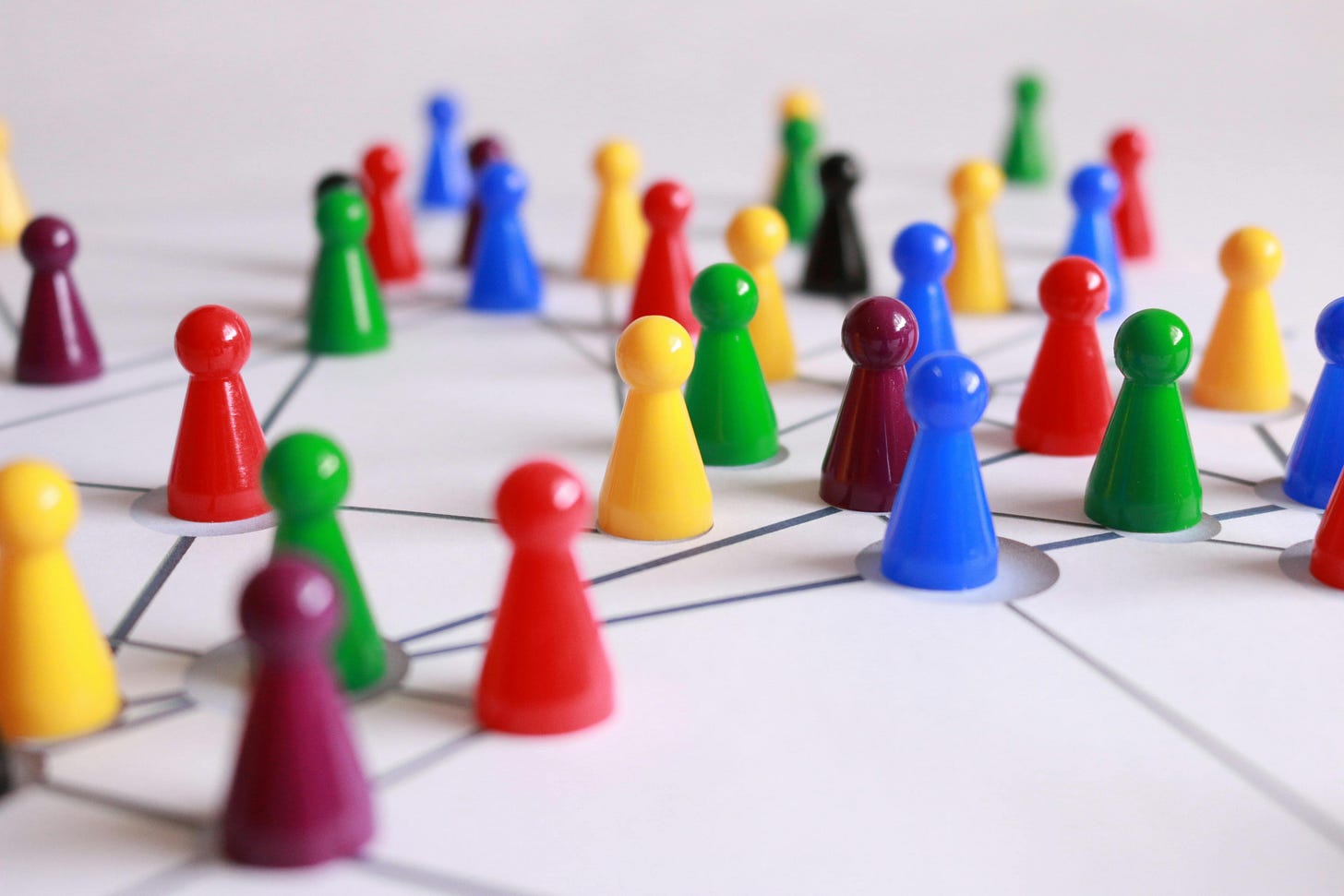Maximizing Productivity: The Neuroscience of Scheduling Tasks Based on Cognitive Energy Levels
Understanding how the brain works allows you to boost productivity by syncing project schedules with your team’s natural cognitive rhythms
Ever wonder why that 3 p.m. meeting feels like mental quicksand?
Spoiler alert: It’s not just the coffee wearing off—it’s your brain’s way of saying, “I’m out of juice, and you’re asking for a miracle.”
If you’re still scheduling your day like every hour of brainpower is created equal, it’s time for a reality check: Your brain has peak performance times, and your calendar isn’t aware of that.

The Brain's Daily Energy Rollercoaster
Neuroscience has taught us that our cognitive energy is far from constant. Research has shown that the brain's ability to handle complex tasks varies throughout the day, influenced by circadian rhythms and mental fatigue.
Researchers say cognitive performance generally peaks in the mid-morning, declines after lunch, and may experience a secondary, smaller peak in the early evening. This is because our cognitive resources get depleted with each mentally demanding task, a concept referred to as decision fatigue. When we’re low on mental energy, even simple decisions become hard, and complex tasks can feel downright impossible.
For tech writers, whose job demands clear thinking, problem-solving, and creativity, understanding the relationship between brain energy and task performance is crucial.
Pushing through a difficult writing or editing task when energy levels are at their lowest is not just a frustrating experience; it’s a recipe for burnout and subpar work. Unfortunately, many documentation managers overlook this, defaulting to “filling the empty spots on the calendar” as the primary scheduling strategy.

Carla's Story: A Documentation Manager’s Wake-Up Call
Meet Carla, a documentation manager at a mid-sized software company. She was known for her efficient work style, setting up meetings and project milestones with clockwork precision. When she noticed her team’s productivity was dipping and error rates were creeping up, she started digging deeper. What was going wrong?
After chatting with team members, Carla discovered a pattern: people were struggling to complete tasks after attending back-to-back meetings in the early afternoon. The time slots for focused work were filled arbitrarily based on calendar availability, with no consideration for the energy demands of each task. Carla was scheduling tasks and meetings as though all hours were equally productive. She quickly realized that by ignoring the natural ebb and flow of the brain's energy levels, she was making it less likely her team would succeed.

The Science Behind Scheduling Smartly
Neuroscientific research supports Carla’s realization. The phenomenon of decision fatigue explains why mental energy wanes after sustained periods of concentration. A study published in Proceedings of the National Academy of Sciences found that judges were more likely to grant parole earlier in the day when their cognitive resources were fresher, underscoring how decision-making quality declines with mental fatigue.
Additionally, a study by the University of California, San Diego, discovered that the brain’s energy consumption varies depending on the nature of the task. Cognitive tasks that require a lot of focus and working memory deplete energy more quickly, suggesting that mentally demanding work should be tackled during peak cognitive times, such as late morning. By contrast, routine tasks can be performed during low-energy periods without significantly affecting quality.

Implications for Tech Writers and Documentation Teams
The implications are clear: documentation teams need to schedule their work around the brain's natural energy rhythms. For tech writers, this means:
Scheduling Writing and Editing During Peak Hours: The most cognitively demanding tasks, like drafting new content or revising complex documentation, should be scheduled in the late morning when cognitive energy is highest.
Avoiding Meetings in Low-Energy Times: Early afternoon meetings should be limited to routine updates or status checks rather than intense brainstorming sessions or decision-making.
Using Low-Energy Periods for Administrative Tasks: Routine, less demanding tasks, such as organizing files, formatting documents, or handling simple queries, can be reserved for times when the brain’s cognitive power is naturally lower.

Educating Others on Smarter Scheduling
Carla decided to educate her team and stakeholders about the science of brain energy and productivity. She started by sharing articles on cognitive energy management, including key studies that highlighted how performance dips at certain times of the day. She then led a team workshop to discuss the practical application of this research, using real-life examples to drive home the importance of optimizing schedules based on cognitive energy.
She suggested using color-coded calendars to indicate peak cognitive hours for each team member, encouraging individuals to block off those times for deep work. Additionally, she implemented a policy that limited meetings during critical hours reserved for focused work. Instead of scheduling based on “what’s free,” Carla encouraged her team to think about “what’s smart.”
How Some Companies Are Addressing This Challenge
Microsoft, Asana, and Shopify are among the companies exploring the connection between brain energy and effective meeting scheduling. Microsoft, for example, discovered that back-to-back meetings can raise stress levels and reduce productivity. To address this, they recommend building in breaks between meetings, giving employees time to recharge and improve focus, which ultimately supports better decision-making and cognitive health.
Asana has introduced "No-Meeting Wednesdays" to give employees a full day each week dedicated to focused work. This acknowledges the value of uninterrupted time for maintaining high mental performance. Similarly, Shopify rolled out a tool in 2023 that helps employees estimate the cost of time spent in meetings, encouraging them to consider whether a meeting is truly needed. These initiatives show a growing awareness that strategic scheduling, which aligns with natural cognitive rhythms, can boost productivity and well-being.
Overcoming the Challenge of Cognitive Scheduling
To tackle this challenge effectively, consider these practical strategies:
Implement Flexible Scheduling Policies: Allow employees to schedule tasks based on their personal peak cognitive times. Encourage the use of tools like time-blocking and calendar apps that help manage tasks around energy levels.
Educate Teams About Decision Fatigue: Awareness is half the battle. Share insights on how cognitive energy works and the impact of decision fatigue. Make it a standard practice to consider cognitive rhythms when planning tasks and meetings.
Designate Meeting-Free Blocks: Establish company-wide meeting-free times, such as late mornings, to protect peak cognitive periods. This can help ensure that critical work is completed during optimal brainpower times.
Encourage Rest and Breaks: Incorporate short breaks into the daily routine, especially after demanding tasks, to replenish cognitive energy. Promoting downtime can prevent burnout and keep mental resources replenished.
Start Small and Iterate: Even incremental changes, such as shifting a few meetings or adjusting daily routines, can have a noticeable impact on productivity. Use these changes as a pilot, collect feedback, and fine-tune your approach over time.
Carla’s story serves as a reminder that productivity isn’t just about fitting as many tasks as possible into a day—it’s about understanding when our brains are best equipped to handle different types of work.
By leveraging the science of cognitive energy, tech writers can improve the quality of their output, reduce errors, and prevent burnout. It’s time to stop letting the calendar dictate productivity and start letting our brains lead the way.
So the next time you’re tempted to squeeze in that 3 p.m. meeting, remember: your brain has already given you the answer—it just doesn’t have the energy to say it out loud. 🤣



